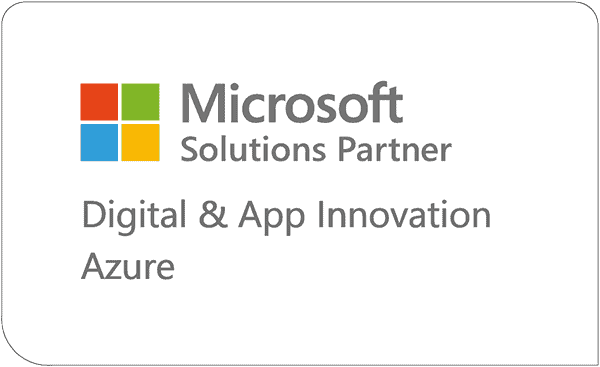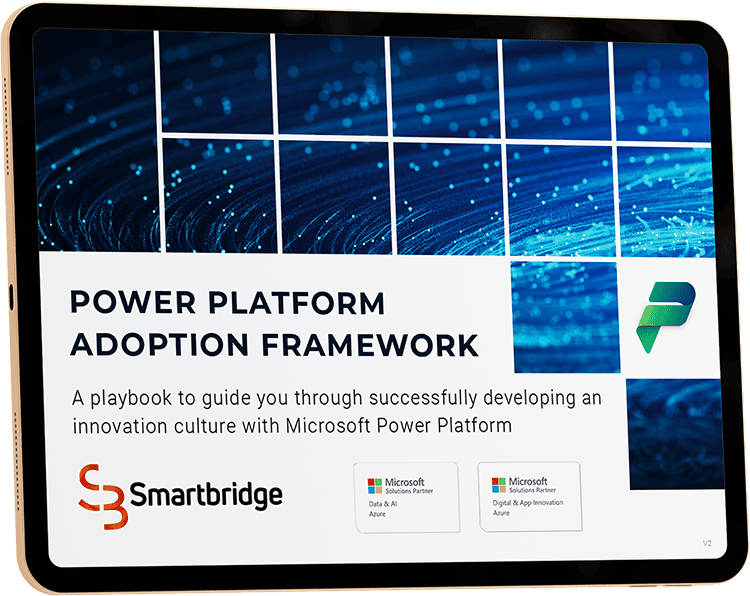What is a Power Platform Well-Architected Framework?
Microsoft released the Power Platform Well-Architected Framework in 2024. Why should you pay attention to it? Smartbridge breaks it down for you.
Think of the Power Platform Well-Architected Framework as the GPS for your app-building journey—except it won’t suggest any wrong turns or “recalculating” moments. It’s not just a bunch of dry guidelines; it’s the secret sauce for cooking up resilient, scalable, and downright impressive applications.
Following this framework isn’t just about avoiding disaster… it’s about making sure your project arrives at success with time to spare—and maybe even with some extra features you didn’t plan for, but will be glad to have!
So what is the Power Platform Well-Architected Framework?
Microsoft explains the Power Platform WAF on their blog post here.
It’s a set of architecture guidance that’s intended to help customers design their enterprise scale, modern application workloads with power platform that are built to change and built to last. It’s about 370 pages of guidance, so there are tools in place that help you assess the workload if you aren’t a fan of reading Microsoft novels.
But first, let’s quickly define two terms you will need to understand to continue:
A Workload is defined as a group of services, apps, flows, data, and other components that make up a business solution. Learn more here
Well-Architected refers to following best practices and established quality attributes when designing and constructing a workload.
Architected workloads are a shared responsibility between you, your partner and Microsoft.
The organization, alongside the partner, will provide:
- Domain knowledge
- Industry expertise
- Your goals or business capabilities
- Your business processes and business functions
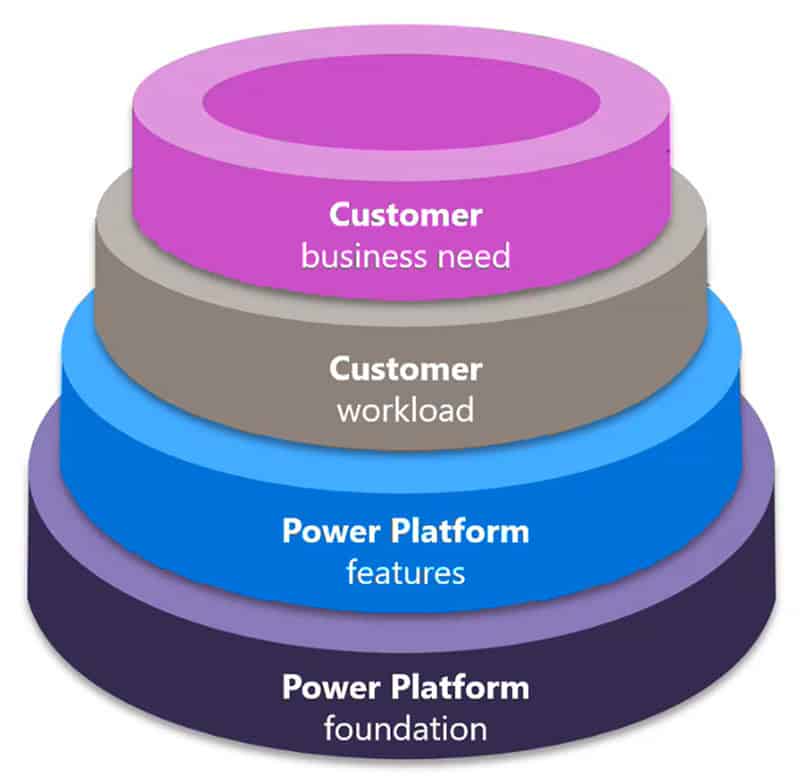
Microsoft brings the Power Platform features, which are the capabilities that enable the customers to build their workloads and run their workloads, and enable the security reliability, the operability, performance and engagement, among some other attributes that the customer can leverage. And then at the bottom is the core capabilities that we provide in the platform, the foundation where we are doing the design, the operation and the monitoring of the power platform offering.
And then the customer has to build their own monitoring and operation on top of that for their workload. So we have to meet them in the middle and share that responsibility. To do that, Microsoft created the Well Architected Framework.
The Well-Architected Framework is not new to Microsoft, in fact this framework they announced in 2024 is built off the broader framework for Azure. Explore the Azure Well-Architected Review for Azure.
4 goals or principles for workloads built with Power Platform Well-Architected
Well-Architected includes Five Pillars, Review Tools & an Assessment
We won’t be repetitive here, as the Power Platform Well-Architected landing page by Microsoft provides all the resources you need to understand it, plus a link to an assessment. This includes further detail around the 5 pillars – Reliability, Security, Operational Excellence, Performance Efficiency, and Experience Optimization. They also include prescriptive guidance for the Power Platform and product documentation.
What are the purpose of the 5 pillars?
First off, Microsoft didn’t necessarily invent the well-architected framework. It’s becoming an industry standard, with Azure, Amazon AWS and Google Cloud all having frameworks with similar pillars. The uniqueness of the Power Platform version is the addition of experience optimization. Rather than cost optimization, Microsoft added a 5th pillar that fills a need for support to create a user experience.
The reliability pillar is all about, “does my workload work? Can I count on it operating, being available, being resilient, meeting the business requirements?”
Security of course, “is it secure?” Am I able to protect confidentiality? Do I have a good security posture?”
Operational Excellence is all about the organizational capabilities to build support the workload. So this is where things like operations and standards, safe deployment, application, Lifecycle Management fusion teams fit in performance.
Efficiency, of course, is about performance as a scale. Make sure users aren’t waiting 30+ seconds for a grid to load data. That makes the application more usable and helps the company achieve its business results.
And then finally, experience optimization is about these long lasting experiences. If we as software users, don’t feel like we’re able to accomplish our goals, we abandon it.
Each pillar has a corresponding set of review tools.
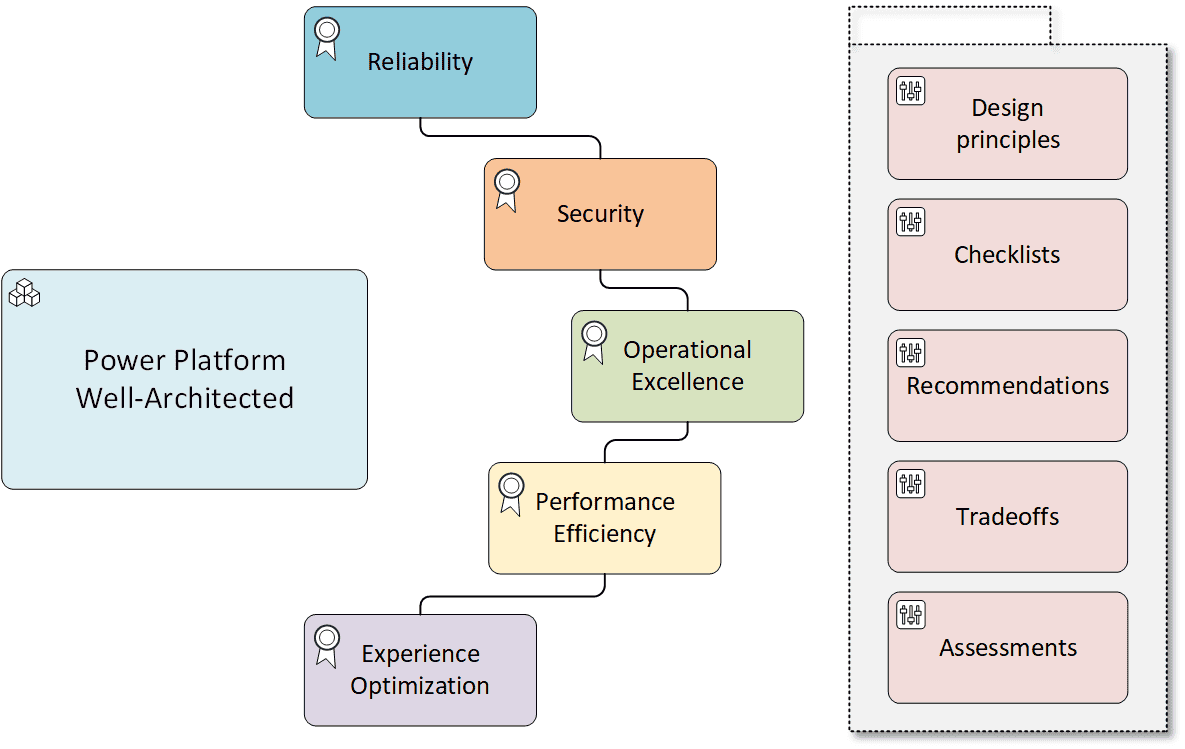
The assessment reveals your priorities.
Ultimately, there is the assessment that provides pinpointed specific guidance and recommendations. The assessment can take about an hour, and will reveal many areas for improvement that will take varying degrees of time.
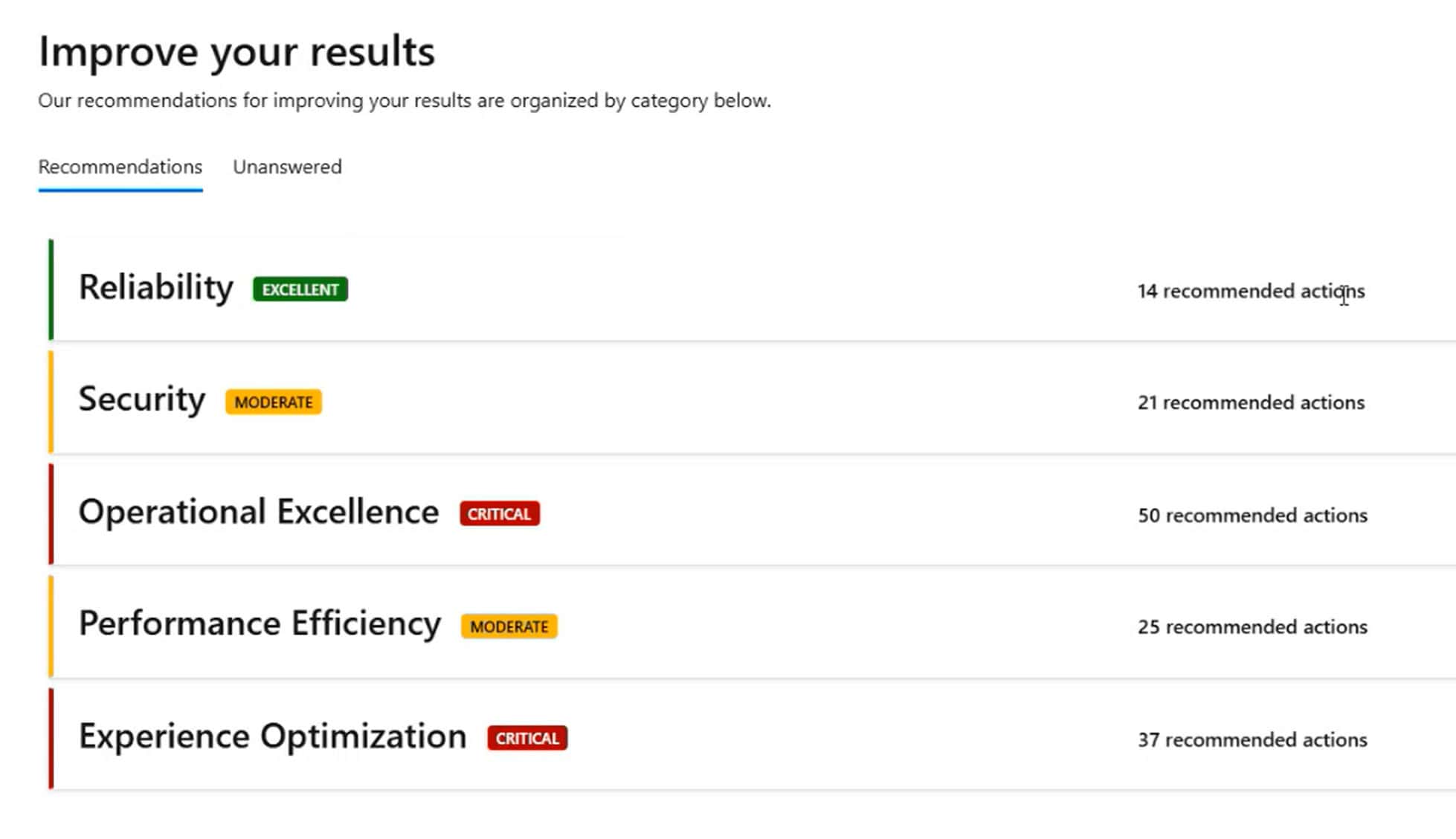
Anyone who participates in the lifecycle of a modern application workload gains useful insights and suggestions from the Power Platform Well-Architected. For example, architects, developers, administrators, makers, security engineers and product owners.
Need help with your well-architected framework?
While Microsoft designed the framework to make it easier for you to achieve success, it also comes with its own set of challenges. If you love organized chaos, this may be the structure you’re looking for! But for others, this can be overwhelming.
In brief, consider these factors:
If you need assistance adopting Power Platform best practices by following this framework, reach out to us. We are happy to provide a workshop to assist with your assessments and recommendations, or a train-the-trainer session.
Looking for more on development?
Explore more insights and expertise at smartbridge.com/modernization
There’s more to explore at Smartbridge.com!
Sign up to be notified when we publish articles, news, videos and more!
Other ways to
follow us:



